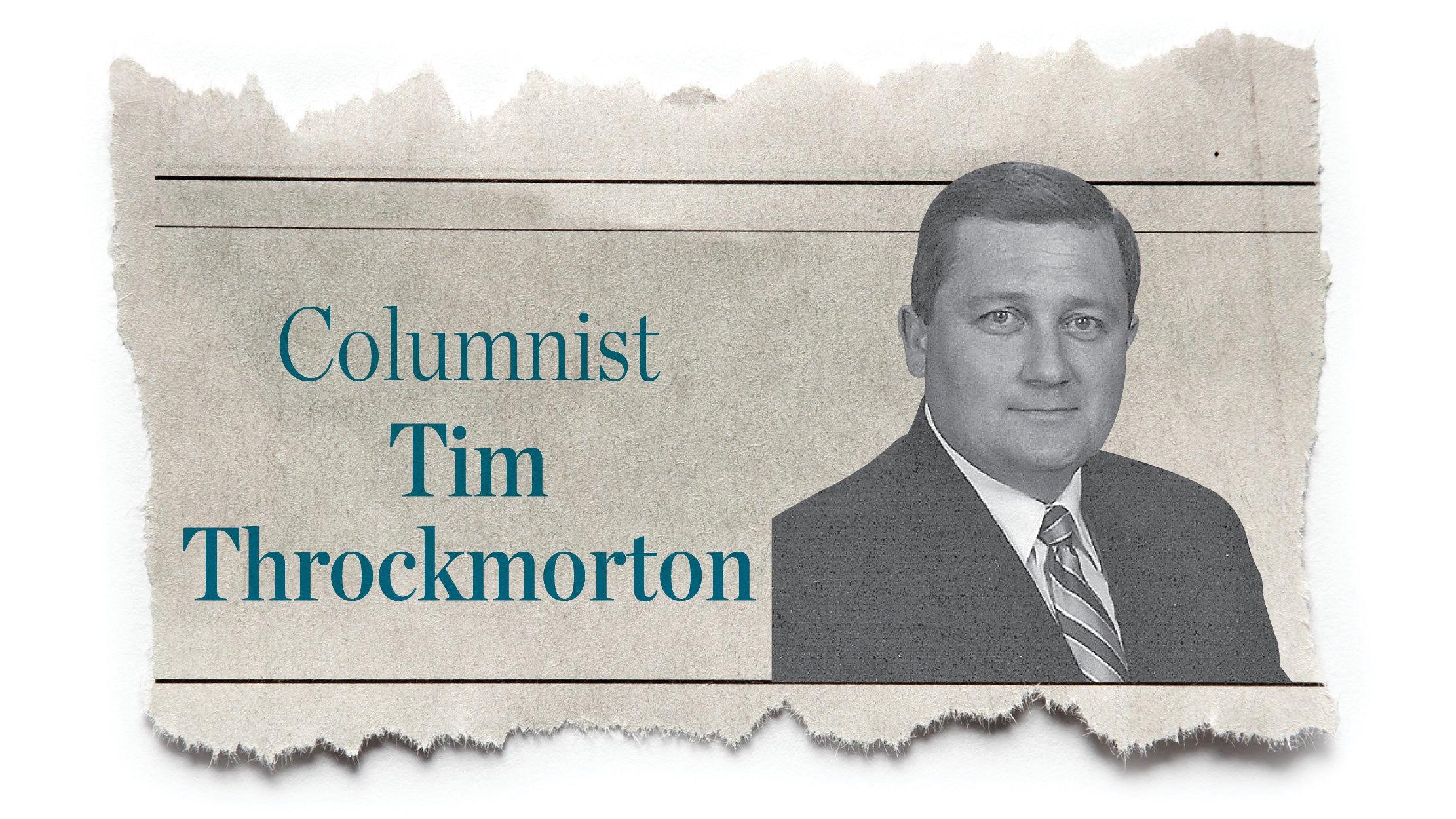‘Cost chickens’ coming home to roost
Published 9:41 am Tuesday, June 18, 2013
Coal is the fastest growing commodity shipped on U.S. railroads
• Coal is the fuel of preference of European power generators
• Coal is the world’s most competitively priced fuel
In a world that is supposedly turning its back on coal, those who doubt coal is the answer need to be reminded that in business there is only one thing that counts — profit.
Governments do not like coal — except to tax it — and environmentalists hate it.
Simply put — the world supply of coal is so strong and its cost so low that it is knocking all competitors out of the race to supply consumers with the electricity they need.
To long-term observers it is no surprise that governments are making a terrible mistake in promoting high-cost renewables which might, or might not, work — but will add significantly to household and industry power bills.
Today, it is possible to see the “cost chickens” coming home to roost around the world.
There is increasing evidence that attempts to artificially manipulate the global power system by forcing people to pay for high-cost renewable energy sources and other alternatives are coming apart.
In Europe, “green governments” thought they had found a way to restrict the use of coal by sponsoring wind and solar and introducing an emissions trading system that required the purchase of carbon permits.
The result has been the opposite for a combination of reasons; low demand for electricity, a collapse in the price of carbon permits, and heavy losses by the power generators which had switched to renewable energy sources, natural gas or nuclear.
Advanced economies, such as Germany and Australia, are learning the real cost to replace reliable sources of energy with erratic and high-cost renewable power.
The cost to subsidize renewable power, which is never mentioned by coal’s opponents, is the root cause that electricity suppliers move away from the so-called “green” energies.
Coal has proven itself to be the least expensive source of energy, which in poor economic times, boosts its level of importance.
One need only look at Germany’s once mighty economy which is sputtering under high power costs. The solar and wind systems are not delivering at the promised prices or volume.
The German citizens are discovering that close to 20 percent of their electricity bill is for green-power subsidies and growing!!
The winners in Europe are the power generators who stuck with coal trading profitably and realizing increased demand for their low-priced electricity.
In the U.S. a remarkably similar picture is emerging. Coal consumption is increasing as electric utilities switch back to coal. Last year’s stampede to natural gas is being reversed as the cost of gas rises.
According to the latest data from the U.S. Energy Information Administration, coal has been reclaiming market share this year.
The seven biggest U.S. railroads lifted their coal carriage rate by 22 percent in the final week of April compared to last year’s record low haulage rate.
The destination of the coal is power generating utilities.
This is an encouraging message for coal miners worldwide.
Europe’s switchback to coal increases the demand for imported coal.
The preceding are paraphrases from articles that appeared in International Longwall News.
Joseph P. Smith is the owner of Pyro-Chem Corporation in South Point and has worked in the energy industry for more than three decades. He can be reached by email at joepsmith@zoominternet.net





